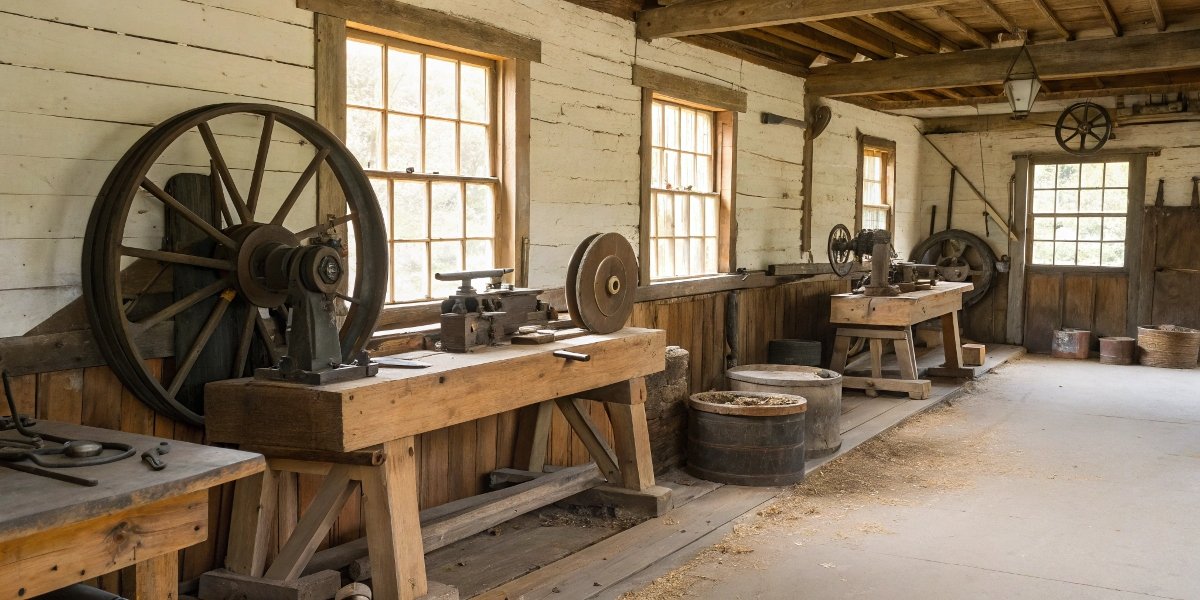
Are you curious about the simple tools you rely on every day? The grinding wheel seems like a modern invention, but its story is as old as civilization itself. Understanding this history helps you appreciate the technology in your hands.
Abrasive grinding wheels were first used in ancient times, with naturally bonded sandstone wheels rotated by hand or water. However, modern, artificially bonded grinding wheels were invented in the late 19th century, which truly revolutionized manufacturing.
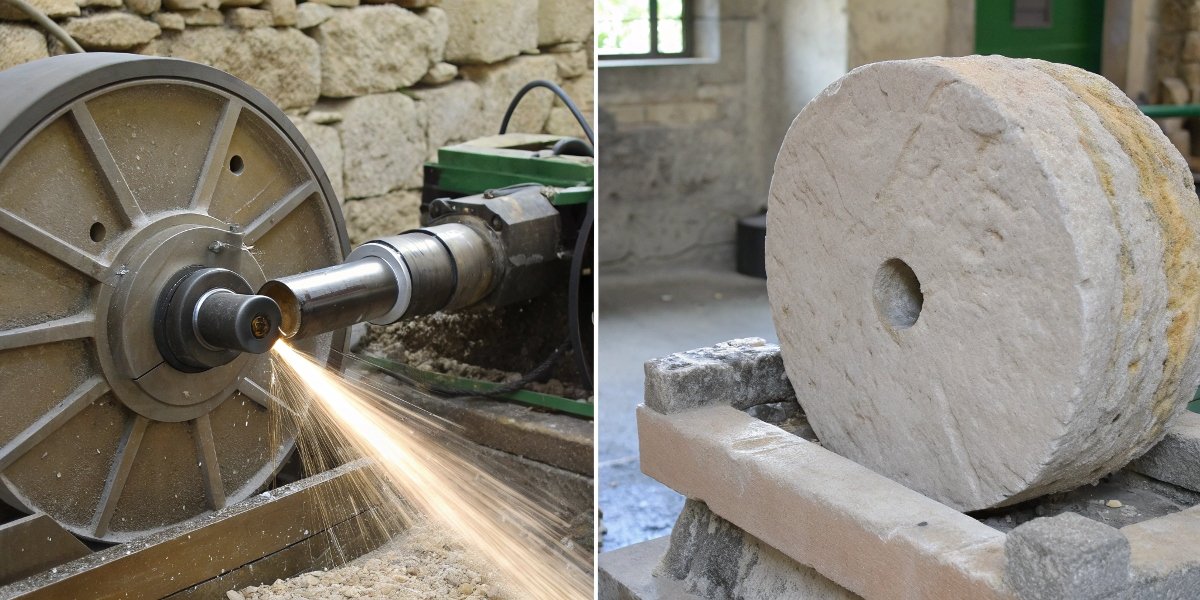
I am fascinated by the history of the grinding wheel because, in many ways, it tells the story of human progress. From sharpening the first metal tools to shaping components for spacecraft, this tool has always been there, helping us build our world. As a manufacturer, I feel a connection to this long line of toolmakers. My own company’s story reflects this history. We are based in Henan, China1, a region with a deep history, but we use the most modern technology available. While the history of grinding is long, the recent developments have been explosive. Let’s look closer at this journey of innovation.
When were grinding wheels invented?
Are you still using outdated grinding technology? The invention of the modern wheel was a turning point that brought incredible speed and precision to the industry, and that innovation continues today.
Natural grinding wheels have existed for centuries. The true revolution came in the late 1800s with the invention of the mass-produced, vitrified-bond artificial grinding wheel. This marked the birth of the modern precision grinding industry.
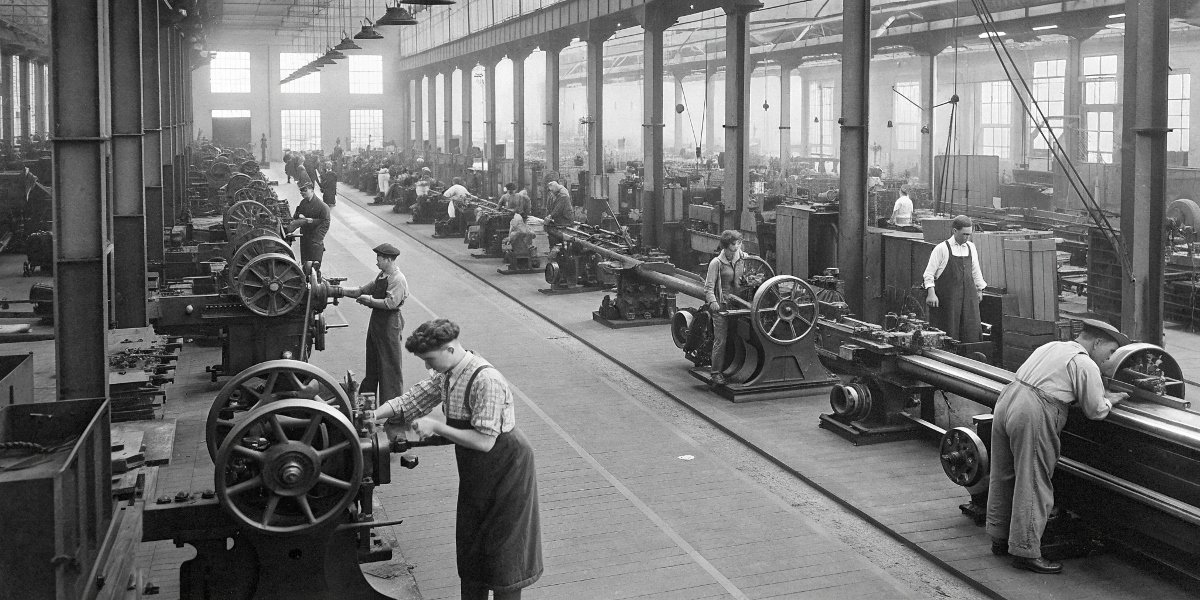
We can divide the history of the grinding wheel into two main eras. First is the ancient era. Think of rotating sandstones used to sharpen swords or large, water-powered stones used in farming communities. These wheels were made from a single, natural piece of abrasive stone. They worked, but they were inconsistent. One part of the wheel might be harder than another, causing uneven wear. The second era, the modern era, began during the Industrial Revolution2. The need for perfectly fitting parts for steam engines and other machines created a huge demand for better grinding tools. The breakthrough came in the 1870s with the development of the vitrified bond. This ceramic-based "glue" could be mixed with loose abrasive grains and fired in a kiln. The result was a strong, porous, and perfectly uniform wheel. This was the invention that made high-speed, precision manufacturing possible on a massive scale.
What has the abrasive wheels regulations 1970 been superseded by?
Are you worried that your suppliers are not up-to-date on safety? Using wheels that do not meet current regulations is a serious risk. Knowing the rules is essential for protecting your team.
In the United Kingdom, the old Abrasive Wheels Regulations 1970 have been superseded by the Provision and Use of Work Equipment Regulations 1998 (PUWER 98). This modern regulation covers all aspects of the safe use of abrasive wheels.
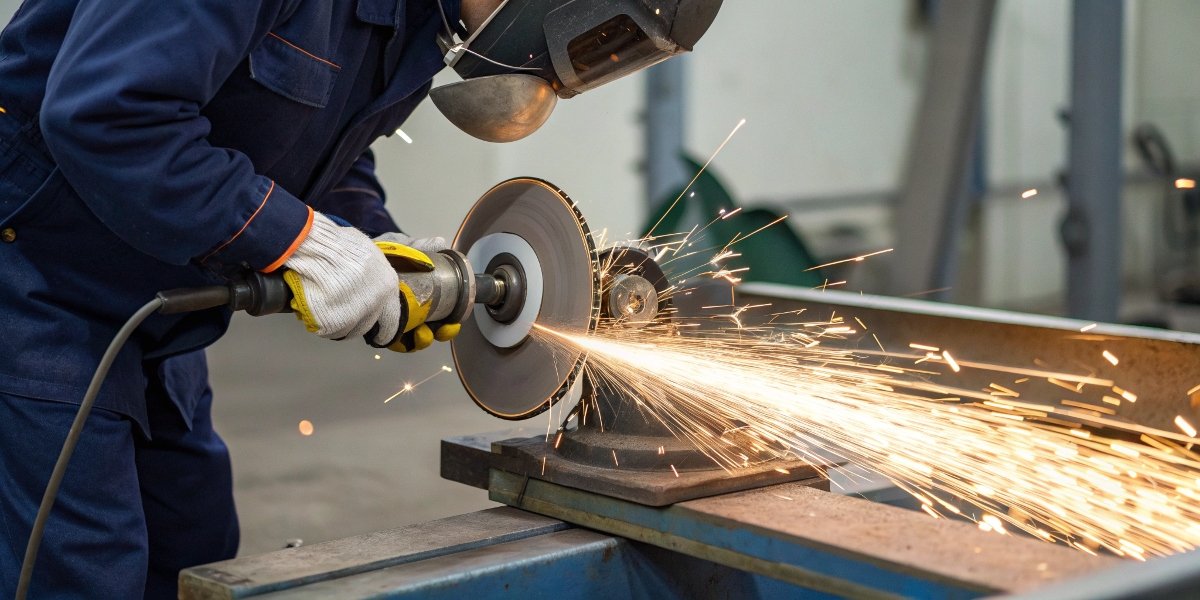
This is a very important point for our customers, especially those operating in Europe. The old 1970 regulations were good, but they were very narrow, focusing only on the wheel itself. The switch to PUWER 98 was a significant improvement. It places the focus on the entire system: the wheel, the machine, the work environment, and the operator. It requires a complete risk assessment3. It also puts a heavy emphasis on training and competence4. An employer must be able to prove that the person mounting and using the grinding wheel has been properly trained to do so. As a manufacturer committed to quality, we see this as a very positive change. It means that our customers are more focused than ever on total safety. This ensures that the high-quality wheels we provide are used correctly and safely, which benefits everyone in the long run.
Is a grinding wheel an abrasive wheel?
Are you confused by similar terms in catalogs? Ordering a "grinding wheel" when you need a "cutting disc" can cause delays. Let’s clear up this simple but very common point of confusion.
Yes, a grinding wheel is a specific type of abrasive wheel. "Abrasive wheel" is the broad family name that includes any wheel-shaped tool using abrasives. This family includes grinding wheels, cutting discs, sanding discs, and polishing wheels.
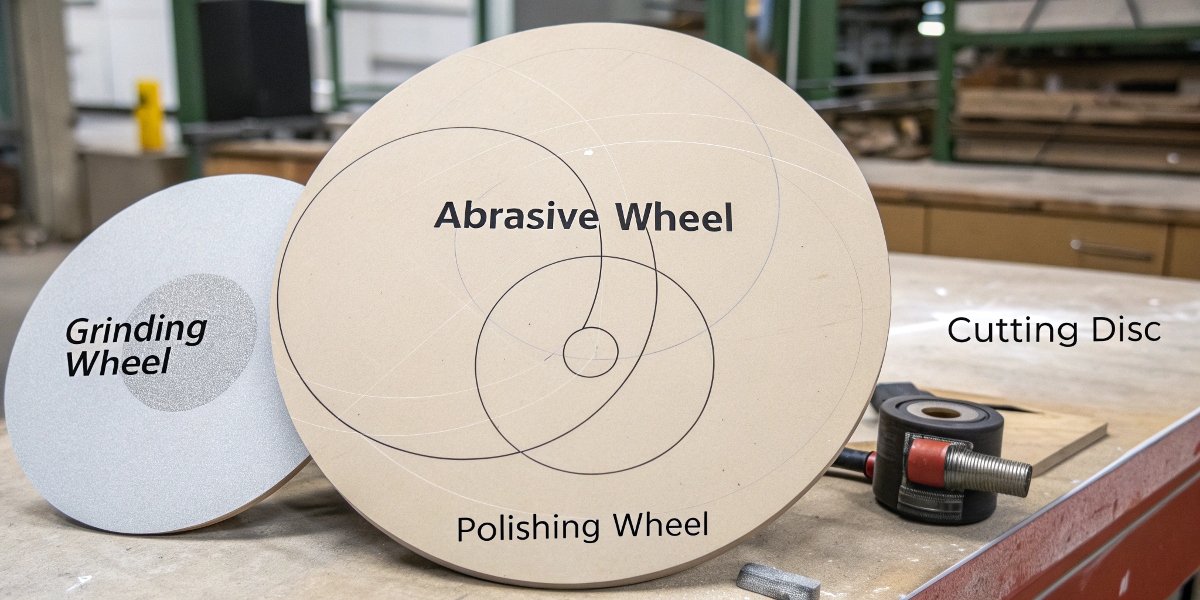
Thinking about the history helps to understand this. The very first abrasive wheels were all "grinding wheels." They were thick, solid stones used for sharpening and shaping. They gave the whole family its name. As technology advanced, we learned how to make new types of abrasive wheels for different jobs. We developed very thin, reinforced wheels for cutting metal. We layered flaps of sandpaper to create flap discs for blending welds. We made soft cotton wheels for final polishing. All of these are still "abrasive wheels," but they are not "grinding wheels." Today, the term grinding wheel usually refers to that classic, solid wheel used for surface finishing and heavy material removal. As a full-range manufacturer, we make almost every member of the abrasive wheel family. This is why we always ask our clients to describe their job, not just name a tool.
What is the history of abrasives?
Do you think all abrasives are created equal? Using a simple natural abrasive on modern alloys will fail completely. The history of abrasives is a quest for harder, purer, and more consistent materials.
The history of abrasives starts with natural materials like sandstone and emery. The modern age of abrasives began in the late 1800s with the invention of synthetic materials like silicon carbide and fused aluminum oxide, which delivered superior performance.
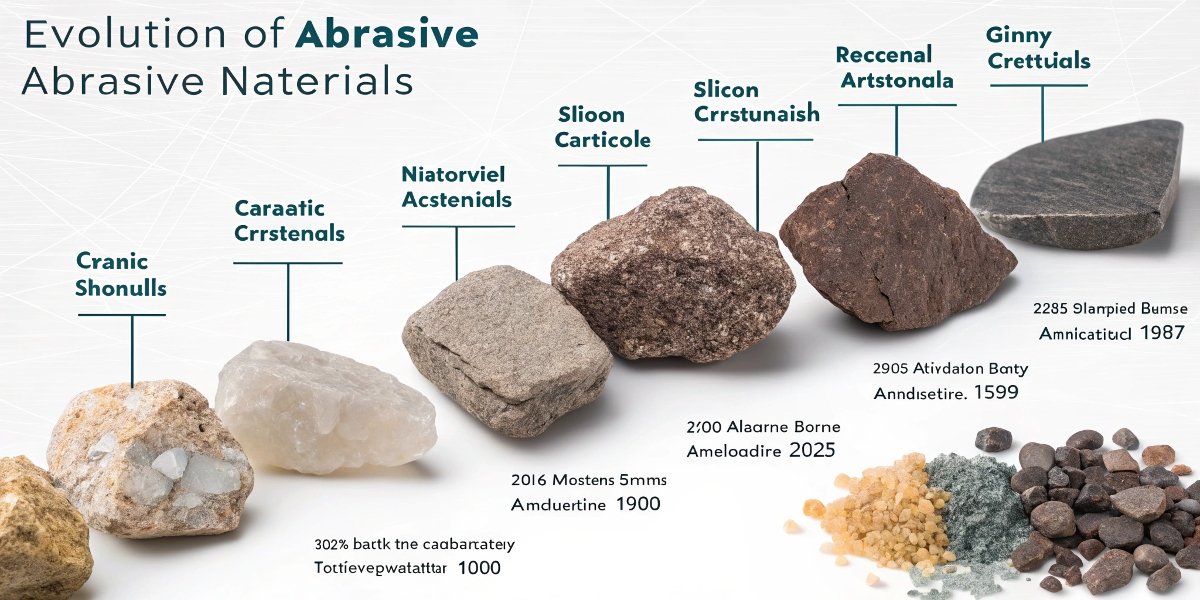
For thousands of years, people simply used what they could find in nature. The Romans used sandstone to sharpen tools. For centuries, artisans used emery, a natural rock containing aluminum oxide, to polish armor and gems. But these natural materials5 are full of impurities. The turning point was the late 19th century. In 1891, Edward G. Acheson was trying to create artificial diamonds but instead discovered silicon carbide6, an incredibly hard material with sharp, brittle grains. A few years later, manufacturers developed a process to fuse bauxite ore into pure aluminum oxide, which was tougher and less brittle than silicon carbide. This was perfect for grinding steel. I feel a strong connection to this history. My Insight is that while the global history is long, China’s modern abrasive industry has seen incredible growth in just the last thirty years. My own factory, Reliable (RL), is part of this story. Here in Henan, we are now at the forefront, producing the next generation of superabrasives7 like diamond and CBN, continuing this global story of innovation.
Conclusion
From ancient sandstone wheels to today’s precision-engineered superabrasives, the grinding wheel has a long and innovative history. This progress ensures we can provide the exact high-performance tools your business needs to succeed.
-
Learn about Henan’s historical and modern contributions to the abrasive manufacturing sector. ↩
-
Discover the transformative effects of the Industrial Revolution on grinding technology and manufacturing. ↩
-
Understand the importance of risk assessments in ensuring safe abrasive wheel operations. ↩
-
Explore the necessity of proper training for safe and effective use of grinding wheels. ↩
-
Explore the historical use of natural materials in abrasives and their significance. ↩
-
Learn about silicon carbide’s properties and its critical role in modern abrasives. ↩
-
Understand the role of superabrasives in high-performance grinding applications. ↩
Written by
leeon
You may also be interested in:
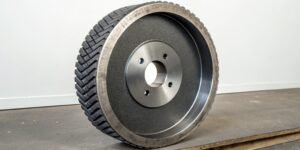
What's the application of CBN Wheels?
Struggling with grinding hard steels? Frequent wheel changes and poor finishes can hurt your bottom line. We have found that CBN wheels provide the durability
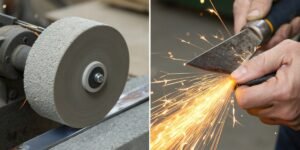
What is the difference between grinding and honing a blade?
A dull blade is a frustrating problem. It slows down production and ruins your workpiece. Using the wrong technique to fix it can cause permanent
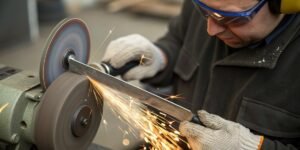
How to sharpen a knife on a bench grinder?
Is your dull knife slowing you down? A bench grinder seems like a quick fix, but you’re worried about ruining the blade. You need a

Can you use an angle grinder as a sander?
Your sanding project is tough, and your regular sander is not powerful enough. You look at your angle grinder. It has the power, but is
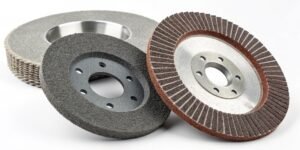
How to judge the quality of a grinding wheel?
Choosing the wrong wheel wastes money and ruins parts. Poor quality leads to downtime and rejection. A few key checks can guarantee you pick the

What is low stress grinding?
Struggling with parts failing due to hidden stress from grinding? This common issue causes cracks and reduces component life, costing you money. Low stress grinding
